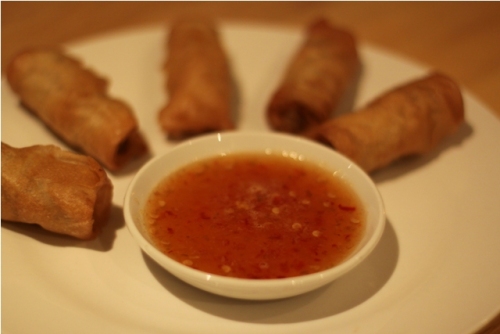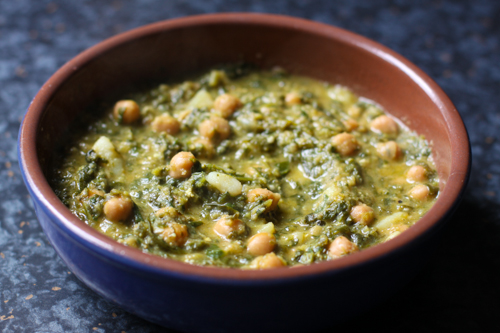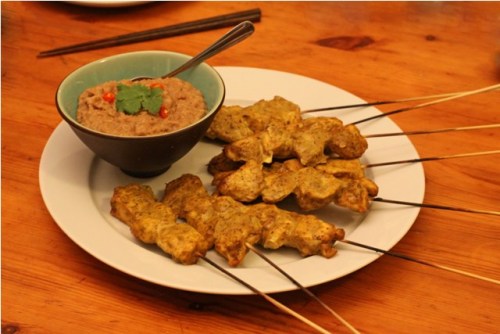Dr Shakshuka
 Sunday, June 23, 2013 at 11:21AM
Sunday, June 23, 2013 at 11:21AM Shakshuka is my new favourite weekend brunch. I was introduced to it via Ottolenghi’s Mediterranean Feast on Channel 4. In the last episode, Ottolenghi visits Israel where he grew up. Everything looks so delicious that it made me want to book a holiday right there and then. Since I’m a poor student and can’t afford that any time soon, I’ve made do with cooking this at home. Frequently.
Shakshuka “was brought to Israel by Tunisian Jews. It is a rustic concoction of eggs poached in a fiery tomato sauce, a bit like a sort of spicy fry up” says Ottolenghi. “It’s great for brunch and a fantastic hangover cure.”
There are lots of other versions out there, for example, the Italians do uova in purgatorio (eggs in purgatory) and the Morrocans do it in a tagine with lamb. I think the traditional Israeli version is my favourite though, not in small part because it includes my favourite sausages, merguez.



